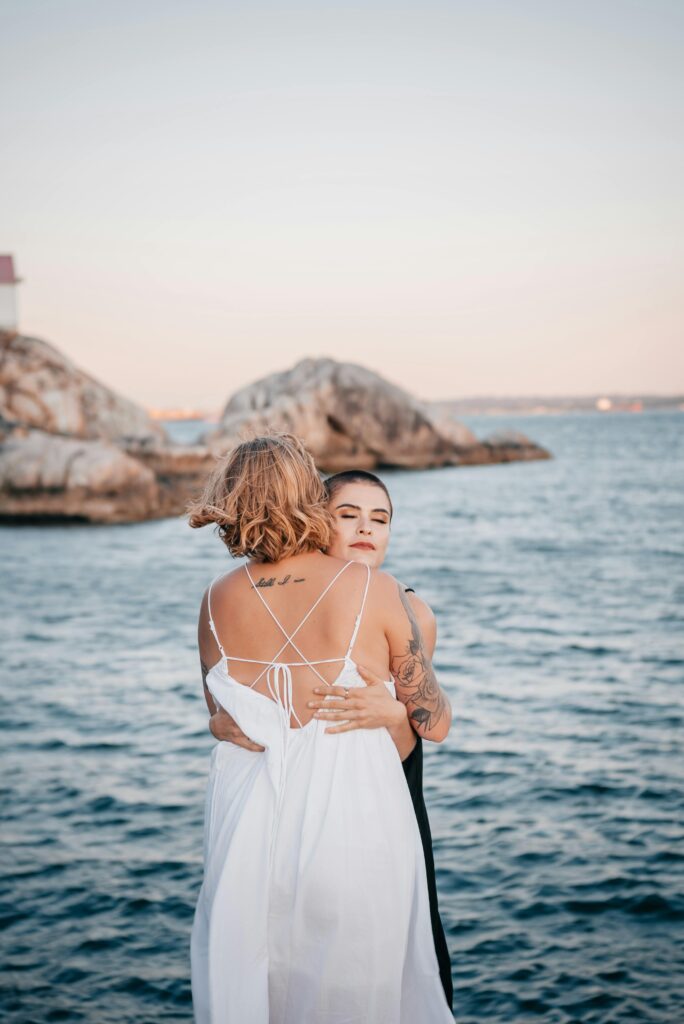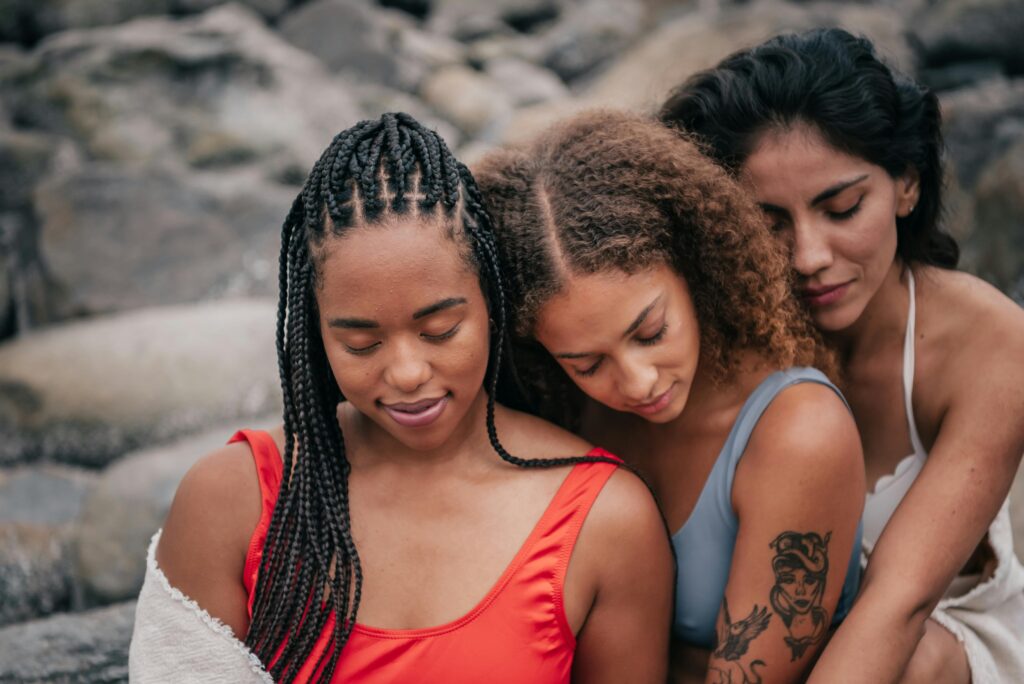The Role of Tattoos in Modern Australian Indigenous Culture
Tattoos have transcended their role as mere body art, evolving into a profound expression of identity, culture, and heritage. In Australia, Indigenous tattoos are a captivating reflection of ancient traditions that have adapted and thrived in contemporary society. For many Indigenous Australians, tattoos serve as a significant marker of cultural identity, a storytelling medium, and a celebration of their ancestral connections. The resurgence of tattooing within Indigenous communities speaks to the enduring strength and resilience of their cultures, blending the past with the present in a uniquely modern context.

In the past, Indigenous Australians adorned their bodies with tattoos that carried deep meaning, often signifying important life events, social status, or spiritual beliefs. These tattoos were not just decorative; they were integral to the community’s cultural fabric, a means of conveying stories and connecting individuals to their lineage and the land. Various tribes had their unique designs and motifs, each resonating with specific cultural narratives and ancestral ties. The art of tattooing was passed down through generations, maintaining the continuity of cultural expression.
As Australian society evolved, so did the perception and practice of tattooing within Indigenous communities. For a significant period, Indigenous tattoos were marginalized, often overshadowed by mainstream culture that did not fully understand or appreciate their significance. However, the past few decades have seen a remarkable resurgence in the interest and practice of traditional tattooing among Indigenous Australians. This revival is not merely a trend; it represents a powerful reclamation of cultural identity and heritage.
Contemporary Indigenous tattoo artists are now blending traditional techniques and modern styles to create tattoos that resonate deeply with their cultural heritage while appealing to a broader audience. This fusion reflects the dynamic nature of culture, demonstrating that traditions can adapt and thrive in new environments. The contemporary Indigenous tattoo scene is vibrant and diverse, showcasing the creativity and artistry of Indigenous practitioners. Their work often features traditional designs, but they also embrace contemporary influences, leading to unique pieces that tell multifaceted stories.
One of the most significant aspects of modern Indigenous tattoos is their connection to storytelling. Each tattoo is imbued with meaning, representing personal and collective narratives. For many, getting a tattoo is a way to honor their ancestors, recount significant life events, or celebrate personal milestones. It becomes a canvas for expressing one’s journey, beliefs, and identity. In this way, tattoos serve as a powerful reminder of the past while simultaneously affirming the present.
Moreover, the act of tattooing itself has become a communal experience. Many Indigenous artists hold tattooing sessions that foster community engagement, allowing individuals to come together, share stories, and celebrate their heritage. This communal approach reinforces the idea that tattoos are not merely personal expressions; they are part of a larger cultural narrative that binds people together. Through these gatherings, the practice of tattooing becomes a means of reinforcing identity, fostering connections, and creating a sense of belonging.
For many Indigenous Australians, tattoos also serve as a form of resistance against colonization and cultural erasure. The historical suppression of Indigenous practices has left deep scars, but the resurgence of tattooing embodies a reclaiming of cultural heritage. By proudly displaying their tattoos, individuals assert their identity and heritage in a society that has often sought to undermine it. This reclamation of cultural practices is an act of empowerment, a way to celebrate resilience and strength in the face of adversity.

The rise of social media has played a pivotal role in this cultural renaissance. Platforms like Instagram have allowed Indigenous artists to showcase their work to a global audience, facilitating a dialogue about Indigenous culture and art. This visibility has not only attracted attention to their craft but has also fostered a sense of pride among Indigenous Australians. Through hashtags and online communities, individuals can share their tattoo stories, engage with others, and connect with their heritage in ways that were previously unimaginable. This digital platform serves as a bridge between traditional practices and contemporary expression, enriching the cultural narrative surrounding Indigenous tattoos.
While tattoos have gained newfound recognition within Indigenous communities, it is essential to approach this art form with respect and understanding. Cultural appropriation remains a concern, as non-Indigenous individuals may be drawn to Indigenous designs without acknowledging their significance or origins. This raises questions about ownership, respect, and the responsibilities that come with appreciating another culture’s art. For Indigenous Australians, tattoos are not just designs; they are a testament to their history, beliefs, and identity. Recognizing and respecting the cultural significance of these tattoos is paramount to fostering understanding and appreciation.
As the conversation around Indigenous tattoos continues to evolve, there is also a growing recognition of the need for education and awareness. Many Indigenous tattoo artists are taking on the role of educators, sharing the stories behind their designs and the cultural contexts that inform them. Through workshops, community events, and public discussions, they aim to educate both Indigenous and non-Indigenous audiences about the historical and cultural significance of tattoos. This initiative not only preserves the knowledge of traditional practices but also encourages dialogue about the complexities of identity and representation in contemporary society.
The role of tattoos in modern Australian Indigenous culture is a testament to the resilience and creativity of Indigenous peoples. As these artists continue to push boundaries, their work reflects a deep commitment to honoring their heritage while embracing contemporary influences. Each tattoo tells a story—whether it’s a tribute to an ancestor, a celebration of cultural identity, or a personal journey—and serves as a powerful reminder of the interconnectedness of past, present, and future.

For those considering a tattoo that celebrates Indigenous culture, it’s crucial to approach the process with thoughtfulness and respect. Seeking out Indigenous artists who understand the cultural significance behind their designs can lead to a more meaningful experience. When you choose a tattoo, you’re not just selecting a piece of art; you’re engaging with a story that has been passed down through generations. This connection to culture and history can enhance your appreciation for the artwork, creating a deeper bond between you and the tattoo.
In conclusion, tattoos play a vital role in modern Australian Indigenous culture, serving as symbols of identity, storytelling, and resilience. As Indigenous artists reclaim and redefine their cultural practices, they continue to inspire a new generation to embrace their heritage and celebrate their stories. The vibrant tattoo culture that has emerged is not just a revival of the past; it is a living testament to the strength and vitality of Indigenous identities in contemporary society. For Australian residents looking to explore the rich tapestry of tattoo art and culture, Tattoos Down Under provides a unique opportunity to connect with talented Indigenous artists who honor their traditions while crafting beautiful, meaningful tattoos that tell a story. Through this journey, individuals can embrace the profound significance of tattoos in Indigenous culture and carry a piece of that heritage with them for a lifetime.


Leave a Reply